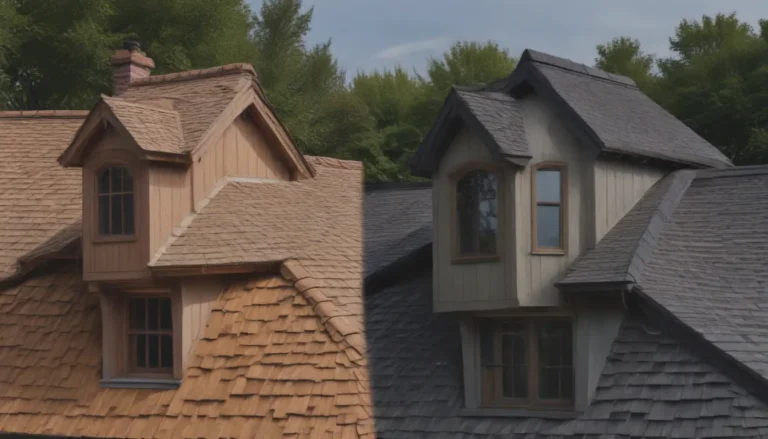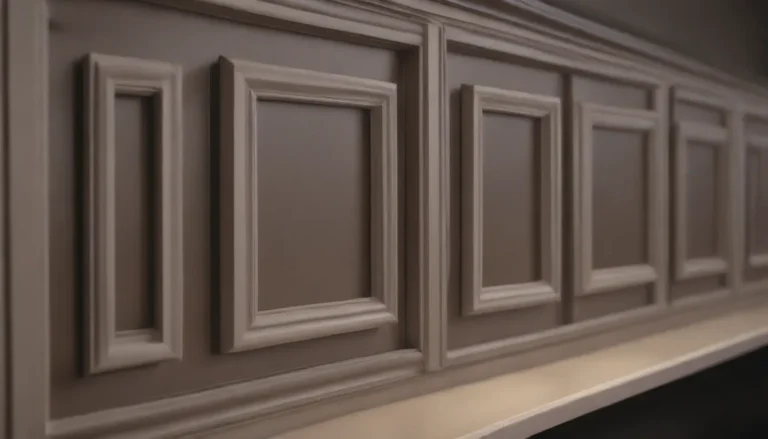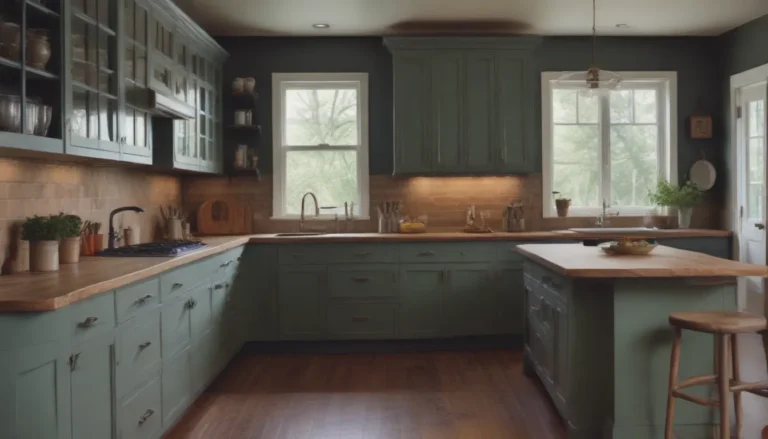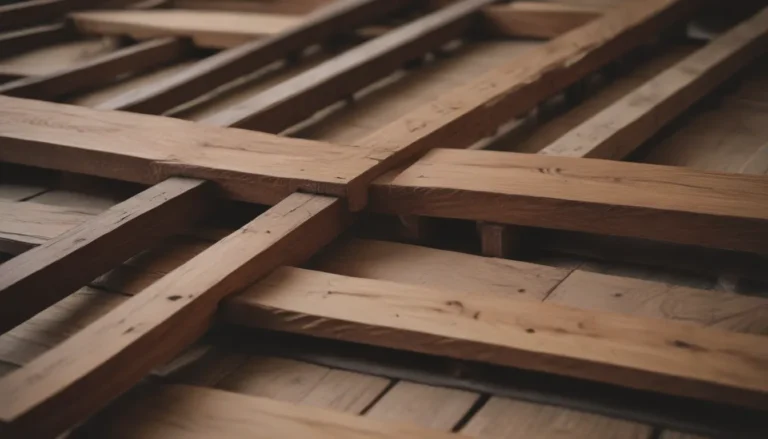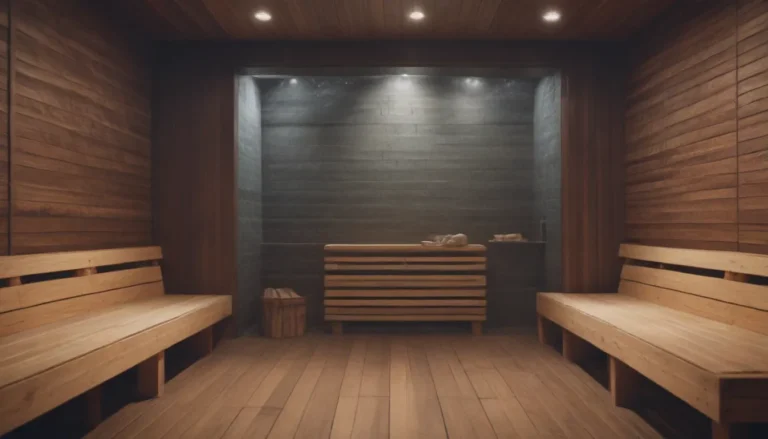The Ultimate Guide to Wide Plank Hardwood Flooring
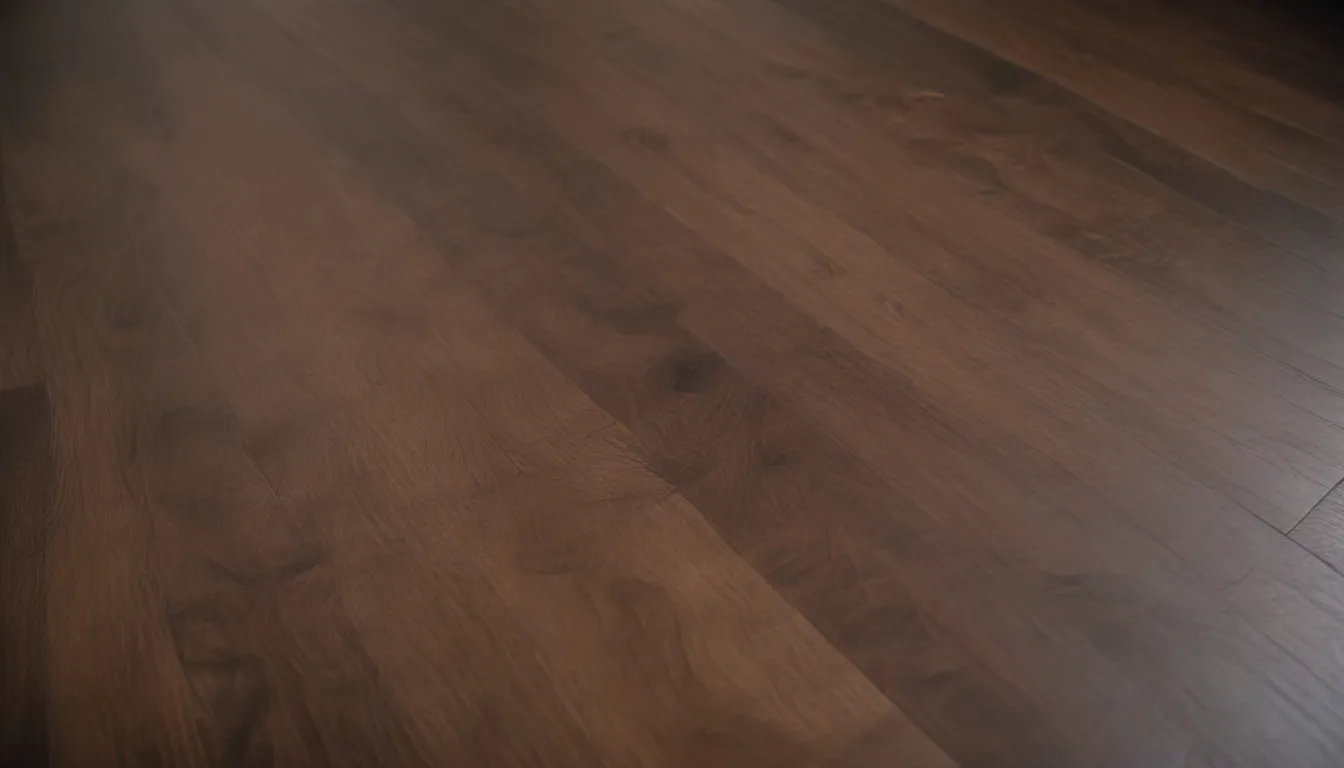
Are you considering wide plank hardwood flooring for your home? If so, you’re in the right place! Wide plank flooring offers a timeless and classic look that can transform any space, whether it’s a new construction or a historic renovation. In this in-depth guide, we’ll explore the pros and cons of wide plank hardwood flooring, costs, maintenance, design options, installation tips, and much more. So, let’s dive in and discover everything you need to know about wide plank hardwood flooring.
What is Wide Plank Hardwood Flooring?
Wide plank hardwood flooring is a type of solid or engineered wood flooring that is wider than the typical 2 1/2 to 4-inch wide boards found in most homes. The term “wide plank” refers to planks that are notably wider, ranging from 6 to 20 inches in width. While purists insist that wide plank flooring must be made from wood, other materials like vinyl, laminate, and ceramic tile can also be considered wide plank if they are over 4 inches wide.
Pros of Wide Plank Hardwood Flooring:
- Creates a classic look in homes
- Works well in rustic decor
- Adds real estate value
- Better quality of wood
- Fewer seams for a seamless look
Cons of Wide Plank Hardwood Flooring:
- Very expensive
- Limited availability
- Usually must be special-ordered
- Prone to warping in extreme climates
Wide Plank Flooring Cost
Wide plank hardwood flooring is notably more expensive than other forms of wood flooring due to the materials and labor involved. The width of the boards, ranging from 6 to 20 inches, requires long planks that are visually proportional, leading to higher costs. Costs can range from $15 to $55 per square foot for materials alone, making wide plank flooring one of the most expensive flooring options available.
Tip: Plan on adding at least $2 to $4 per square foot for installation, which may be higher for reclaimed flooring and random-width boards.
Maintenance and Repair
Proper maintenance of wide plank flooring is essential to keep it looking great for years to come. Regularly wipe up spills, avoid using water or steam cleaners, and clean with a damp duster and hardwood floor cleaner. Seal the floor periodically with a polyurethane varnish and keep extra planks on hand for repairs if needed. Repairs on wide plank floors can be challenging and may require a professional.
Design Options for Wide Plank Hardwood Flooring
Wide plank hardwood flooring offers a variety of design options to fit different styles of homes. Vintage wide plank flooring with a rough-hewn surface texture is well-suited to traditionally styled homes and rustic decor. Smooth and undistressed wide plank flooring in lighter shades can also work well in modern and contemporary homes. Whether you choose reclaimed or newly manufactured wide planks, there are options to match your style preferences.
Top Brands of Wide-Plank Flooring:
- Specialize in reclaimed wood
- Dedicated to newly manufactured planks
Wide Plank Flooring Installation
Installing wide plank hardwood flooring is best left to professionals, especially for reclaimed vintage flooring. Reclaimed flooring requires skill to deal with cupping and cracking and to install without gaps. New wide planks often have tongue-and-groove edges for easier installation. Before choosing between pre-finished or site-finished flooring, consider the labor and maintenance involved for each option.
Tip: Pre-finished flooring has a hard shell that requires stripping for sanding and refinishing, while site-finished flooring is more forgiving for refinishing.
Comfort and Convenience
Wide plank hardwood flooring is best suited for environments with stable humidity levels. Wide planks can be more susceptible to expansion and shrinkage in fluctuating climates, leading to warping and cupping. Investing in top-quality wide plank flooring made from high-quality, kiln-dried wood can help it perform well in any climate. The best humidity range for wide plank flooring is between 28 and 48 percent.
Where to Install Wide Plank Flooring
Wide plank hardwood flooring is not suitable for every room of the house, especially areas with high moisture levels like bathrooms and kitchens. Typical installation areas include living rooms, bedrooms, and dining rooms where the floor can shine and enhance the overall aesthetic of the space.
Wide Plank Flooring vs. Standard Hardwood Flooring
When deciding between wide plank hardwood flooring and standard hardwood flooring, consider the authenticity, cost, and design preferences. While wide plank flooring offers a unique and classic look, standard hardwood flooring has expanded to 3 to 4 inches in width with realistic distressed textures. The choice between wide plank and standard hardwood flooring ultimately depends on your style preferences and budget.
In conclusion, wide plank hardwood flooring offers a timeless and classic look that can elevate the design of any home. While it may come at a higher cost, the quality, aesthetics, and value it adds to a space can make it a worthwhile investment. Whether you choose reclaimed vintage flooring or newly manufactured planks, wide plank hardwood flooring is sure to make a statement in your home. So, if you’re considering wide plank flooring for your next project, make sure to weigh the pros and cons, consider the costs, and explore the design options available to find the perfect fit for your home.
